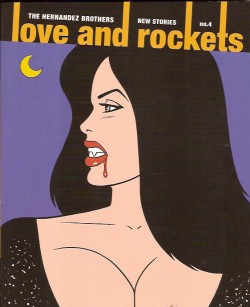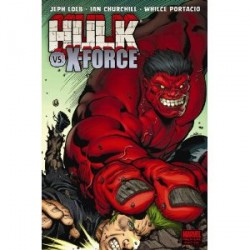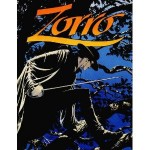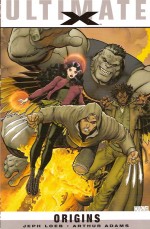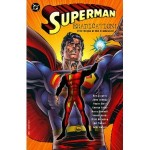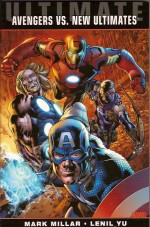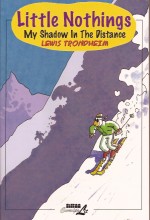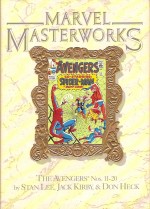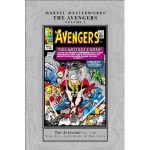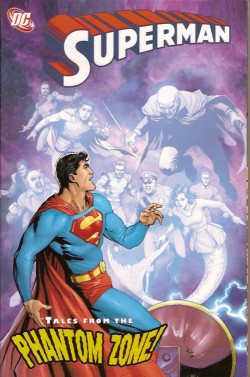
By Jerry Siegel, Edmond Hamilton, Otto Binder, Curt Swan & various (DC Comics)
ISBN: 978-1-4012-2258-1
Superman is comics’ champion crusader: the hero who effectively started a whole genre and in the decades since his spectacular launch in June1938 one who has survived every kind of menace imaginable. With this in mind it’s tempting and very rewarding to gather up whole tranches of his prodigious back-catalogue and re-present them in specifically-themed collections, such as this sinister set of sorties into the stark and silent realm of nullity designated the Phantom Zone: a time-proof timeless prison for the worst villains of lost planet Krypton.
This captivating collection (gathering material from Adventure Comics #283, 300, Action Comics #336, Superman’s Girl Friend, Lois Lane #33, Superman’s Pal, Jimmy Olsen #62, Superman #157, 205, Superboy #89, 104 and Who’s Who volume 18) represents appearances both landmark and rare, crafted by the many brilliant writers and artists who have contributed to the Kryptonian canon over the years.
Naturally this terrific tome begins with the first appearance of the dolorous dimension in ‘The Phantom Superboy’ by Robert Bernstein & George Papp (from Adventure Comics #283 April, 1961) wherein a mysterious alien vault smashes to Earth and the Smallville Sensation finds sealed within three incredible super-weapons built by his long-dead dad Jor-El. There’s a disintegrator gun, a monster-making de-evolutioniser and a strange projector that opens a window into an eerie, timeless dimension of stultifying intangibility.
However as Superboy reads the history of the projector – used to incarcerate Krypton’s criminals – a terrible accident traps him inside the Phantom Zone and only by the greatest exercise of his mighty intellect does he narrowly escape…
Next is the pivotal two-part tale ‘Superboy’s Big Brother’ (by Robert Bernstein & Papp from Superboy #89, June 1961) in which an amnesiac, super-powered space traveller crashes in Smallville, speaking Kryptonese and carrying star-maps written by the long-dead Jor-El…
Jubilant, baffled and suspicious in equal amounts the Boy of Steel eventually, tragically discovers ‘The Secret of Mon-El’ by accidentally exposing the stranger to a fatal, inexorable death and desperately provides critical life-support by depositing the dying alien in the Phantom Zone until a cure can be found…
Superman’s Girl Friend, Lois Lane #33 (May 1962) by a sadly unknown writer, but illustrated by the always exceptional art team of Curt Swan and George Klein, further explored the dramatic potential of the Zone in ‘The Phantom Lois Lane!’ when a temporarily deranged Lana Lang dispatched all her romantic rivals for the Man of Tomorrow’s affections to the extra-dimensional dungeon, whilst one month later in ‘Superman’s Phantom Pal!’ (Leo Dorfman, Swan & Klein from Superman’s Pal, Jimmy Olsen #62) Jimmy Olsen in his Elastic Lad role was drawn through a miniscule rip in the fabric of reality and joined Mon-El in the Zone where the plucky cub reporter faced down the worst of Krypton’s villains and resisted their ultimate temptation…
Adventure Comics #300 (September 1962) saw the debut of the Legion of Super-Heroes in their own series by Jerry Siegel, John Forte & Al Plastino. That premier yarn ‘The Face Behind the Lead Mask!’ pitted Superboy and the 30th century champions against an unbeatable foe until Mon-El intervened, briefly freed from a millennium of confinement…
‘The Super-Revenge of the Phantom Zone Prisoner!’ by Edmond Hamilton, Swan & Klein (from Superman #157 November 1962) saw the introduction of power-stealing Gold Kryptonite and Superman’s Zone-o-phone – which allowed him to communicate with the incarcerated inhabitants – in a stirring tale of injustice and redemption. Convicted felon Quex-Ul uses the device to petition Superman for release since his sentence has been served, and despite reservations the fair-minded hero can only agree.
However further investigation reveals Quex-Ul had been framed and was wholly innocent of any crime, but before Superman can explain or apologise he has to avoid the deadly trap the embittered and partially mind-controlled parolee has laid for the son of the Zone’s discoverer…
Superboy #104 (April 1963) contained an epic two-part saga ‘The Untold Story of the Phantom Zone’ with ‘The Crimes of Krypton’s Master Villains’, by Hamilton & Papp describing Jor-El’s discovery of the Zone, his defeat of ambitious political criminal Gra-Mo and the reasons the vault of super-weapons was dispatched into space whilst ‘The Kid who Knocked Out Superboy!’ (illustrated by Swan & Klein) saw Gra-Mo return to take vengeance on the son of his nemesis.
‘The Man From the Phantom Zone!’ (Action Comics #336, April 1966, by Hamilton, Swan & Klein) had Superman release another convict whose time was served, leading to a captivating crime mystery in the Bottle City of Kandor as 50 year old juvenile delinquent Ak-Var found life in a solid and very judgemental world a very mixed blessing…
By April 1968, times and tone were changing as seen in ‘The Man Who Destroyed Krypton!’ (Superman #205, Otto Binder & Plastino) as alien terrorist Black Zero comes to Earth determined to blow it up just as he had the planet Krypton decades ago! Overmatched and stunned by the truth of his world’s doom, the Man of Steel is convinced that releasing Jax-Ur, the Zone’s wickedest inhabitant, is the only way to save his adopted homeworld… an absorbing, enthralling, surprisingly gritty tale of vengeance and a perfect way to end this eclectic collection.
With a comprehensive informational extract from the 1986 Who’s Who in the DC Universe entry from the Zone and its most notorious inmates, illustrated by Rick Veitch, this compelling collection is an intriguing introduction to the aliens hidden amongst us and a superb treat for fans of every vintage.
© 1961, 1962, 1963, 1964, 1966, 1968, 1986, 2009 DC Comics. All Rights Reserved.

